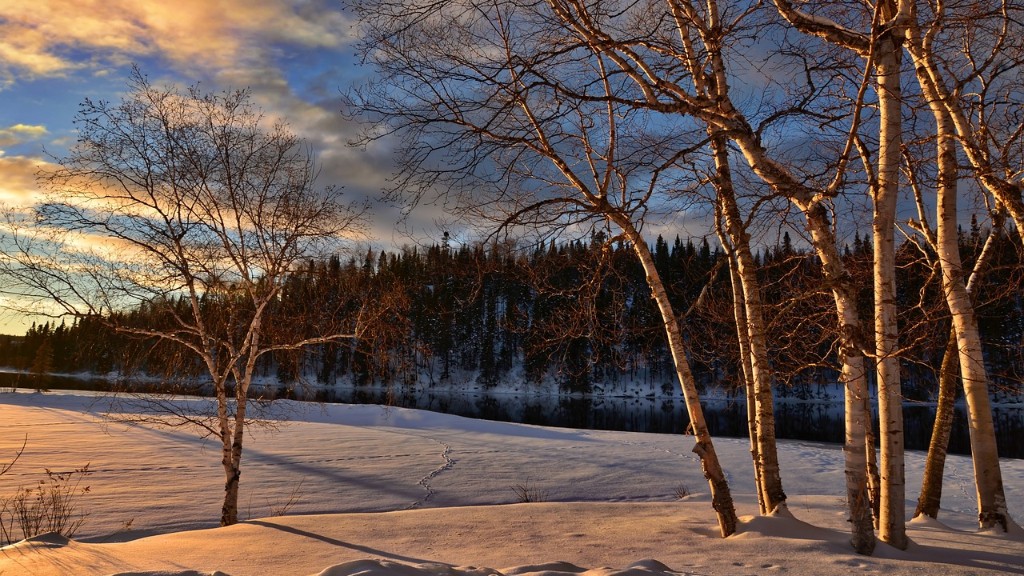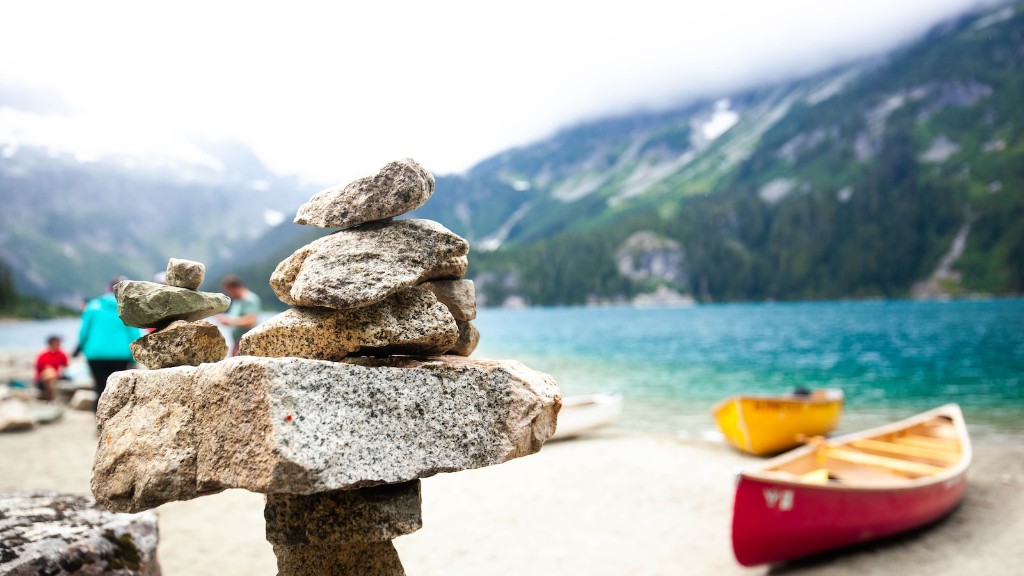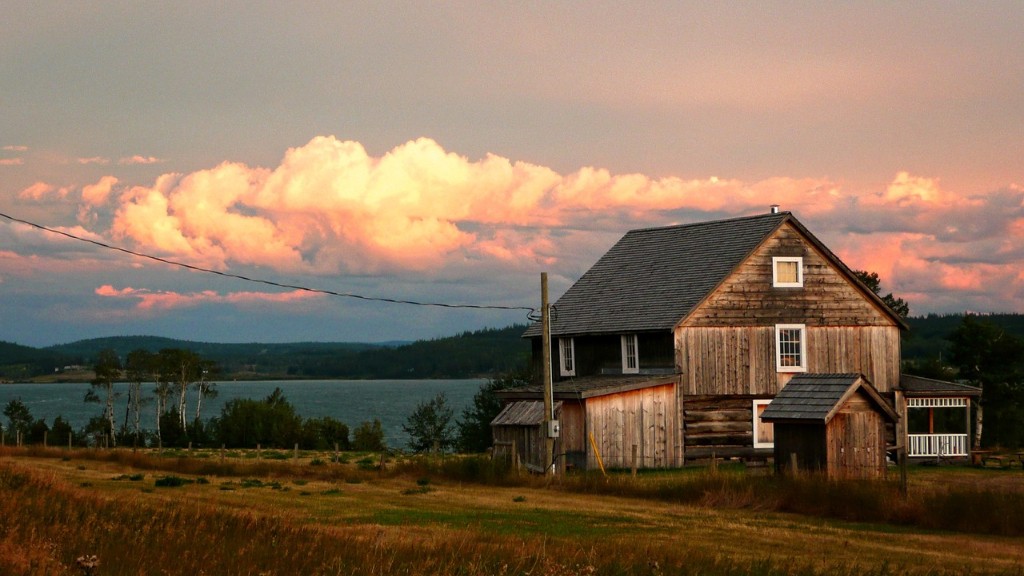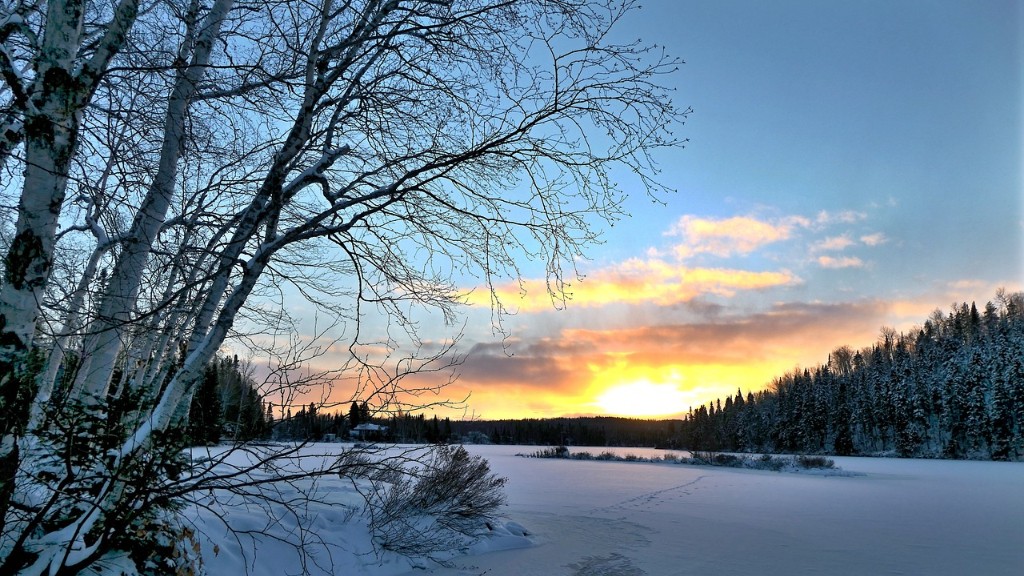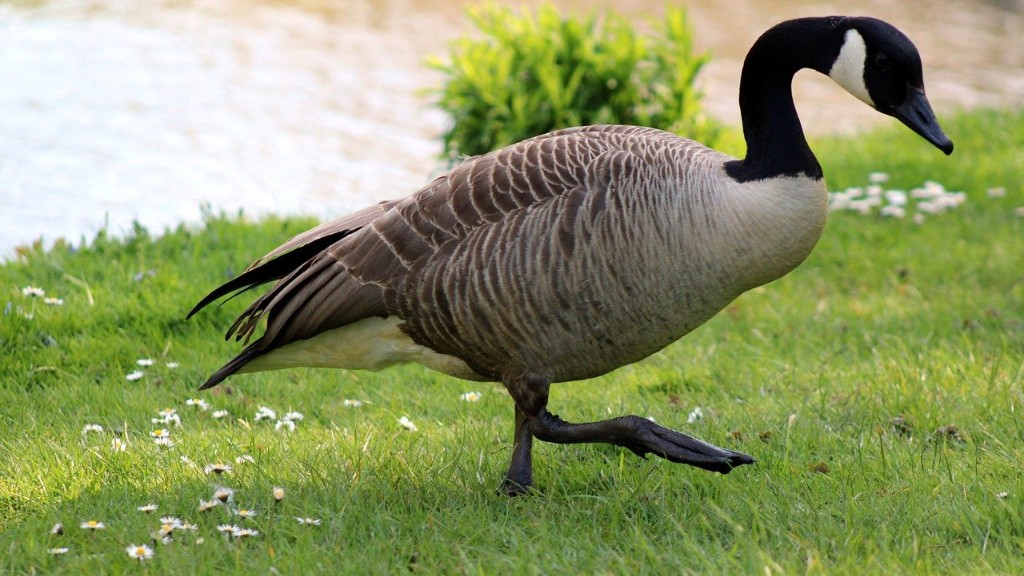Animals in Toronto, Canada
When one thinks of Toronto, Canada, they might picture a bustling city with towering skyscrapers and a vibrant urban atmosphere. However, amidst the concrete jungle of Toronto, there is also a diverse array of wildlife that calls this city home. In this article, we will explore the different animals that inhabit the city, shedding light on the surprising biodiversity within Toronto’s borders.
As an urban center, Toronto might not seem like an ideal habitat for animals. Nevertheless, the city boasts numerous parks and green spaces, such as High Park and the Toronto Islands, that provide refuge and sustenance for a variety of creatures. These natural areas serve as essential habitats for the wildlife population and provide essential opportunities for residents and visitors to connect with nature.
One notable animal commonly seen in Toronto is the raccoon. With their masked faces and agile nature, these adaptable creatures have adapted well to urban environments. They can be found rummaging through trash bins, climbing trees, or even crossing busy city streets. Raccoons have become emblematic of Toronto’s wildlife, and although they may sometimes cause a nuisance, they are an integral part of the urban ecosystem.
Another familiar sight in Toronto is the squirrel. The city is home to several species of squirrels, including the Eastern Gray Squirrel and the Red Squirrel. These small, bushy-tailed rodents can be seen darting across the city’s parks, gardens, and even residential neighborhoods. Squirrels play an essential role in seed dispersal, helping to regenerate forests and green spaces throughout the city.
While raccoons and squirrels are often seen in plain sight, there are also a number of animals that are more elusive and harder to spot. Toronto is home to various bird species, with over 200 different kinds documented within the city limits. From migratory birds passing through during their annual journeys to permanent residents, the avian population of Toronto is diverse and vibrant. Birdwatchers and nature enthusiasts can spot species like the Red-winged Blackbird, the Northern Cardinal, and the American Goldfinch in the city’s parks and natural spaces.
In addition to the more visible wildlife, Toronto is also home to a variety of reptiles and amphibians. Despite the city’s cold climate, there are reptiles like the Eastern Garter Snake and the Northern Brown Snake that manage to survive in Toronto’s urban environment. The city’s ponds and water bodies also provide a habitat for frogs, toads, and salamanders.
Toronto’s diverse range of animals is not only interesting from an ecological perspective but also highlights the importance of maintaining green spaces in urban environments. Parks and natural areas not only provide a sanctuary for wildlife but also serve as havens for people seeking respite from the hustle and bustle of city life. As we strive to create sustainable and livable cities, preserving and enhancing these spaces becomes crucial for the well-being of both humans and animals.
Nature Conservation Efforts in Toronto
Despite being a bustling metropolis, Toronto places great emphasis on nature conservation and protecting wildlife within the city. These efforts are led by various organizations and initiatives that aim to maintain and enhance the city’s biodiversity. Here are some key projects and collaborations:
- Toronto Wildlife Centre: The Toronto Wildlife Centre is dedicated to rescuing and rehabilitating sick, injured, and orphaned wildlife in the city. They also provide education and outreach programs to promote coexistence between humans and wildlife.
- Toronto Region Conservation Authority (TRCA): The TRCA manages several natural areas and parks in and around Toronto. They work towards protecting and restoring these spaces, ensuring they remain accessible to both people and wildlife.
- Friends of the Rouge Watershed: This community-based organization focuses on preserving the Rouge Watershed, one of the largest urban parks in North America. Their efforts include habitat restoration, water quality monitoring, and educational programs for the public.
- Toronto Biodiversity Series: This series of events and initiatives aims to raise awareness about Toronto’s biodiversity and promote citizen engagement. It includes guided nature walks, species monitoring programs, and workshops on sustainable gardening.
Through these and other initiatives, Toronto continues to demonstrate its commitment to the coexistence of urban life and wildlife, setting an example for other cities around the world.
Threats to Wildlife in Toronto
While Toronto may be home to a diverse range of wildlife, it is not without its share of challenges and threats. Urban development, pollution, and climate change are some of the factors that can negatively impact the city’s animal population:
- Habitat Loss: The rapid expansion of urban areas often results in the destruction of natural habitats, leaving wildlife with limited spaces to thrive. Preservation and reclamation of green spaces are vital to offset this loss.
- Collision with Vehicles: As animals navigate the city, they often come into contact with busy roads, putting them at risk of collisions with vehicles. Measures such as wildlife crossings and reduced speed limits in sensitive areas can help mitigate this threat.
- Pollution and Contamination: Air and water pollution pose risks to wildlife health and ecosystems. Implementing sustainable waste management systems and reducing chemical usage can minimize the negative impact on animal species.
- Climate Change: Rising temperatures, changing precipitation patterns, and extreme weather events affect the distribution and behavior of wildlife. Toronto’s efforts to reduce greenhouse gas emissions and adapt to climate change are crucial for the long-term survival of its animal inhabitants.
Addressing these challenges requires collective action from individuals, communities, and governments. By adopting sustainable practices and supporting conservation initiatives, both residents and visitors can contribute to the protection of Toronto’s wildlife.
Connecting with Nature in Toronto
For those interested in exploring Toronto’s wildlife firsthand, there are numerous opportunities to connect with nature in the city:
- Nature Walks and Guided Tours: Various organizations offer guided walks and tours through Toronto’s parks and natural areas, providing insights into the local flora and fauna.
- Birdwatching: Birdwatchers can enjoy spotting numerous species throughout the city, particularly during migration seasons. Toronto’s parks provide excellent opportunities for observing these feathered residents.
- Community Gardens: Participating in or visiting community gardens allows individuals to discover local plant species and potentially spot insects and small mammals that frequent these green spaces.
- Bike and Hiking Trails: Toronto features an extensive network of trails, both within the city and its surrounding areas. Exploring these routes provides a chance to observe wildlife and appreciate the natural beauty that exists alongside urban life.
- Volunteering: Many conservation organizations in Toronto offer volunteer programs, enabling individuals to contribute directly to wildlife rehabilitation, habitat restoration, and citizen science initiatives.
Exploring the urban wilderness of Toronto not only offers a unique perspective on the city but also fosters an appreciation for the interconnectedness of human and animal life.
Living in Harmony
As Toronto continues to grow and evolve, it is essential to strive towards a harmonious coexistence between humans and wildlife. By preserving natural spaces, supporting conservation efforts, and adopting sustainable practices, we can ensure that future generations will have the opportunity to experience the rich biodiversity that Toronto has to offer.
